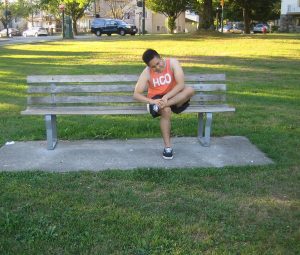The calf muscle is positioned in the rear bottom region of the leg. There are various conditions and injuries that can cause calf muscle pain such as a pulled or torn muscle, nighttime cramping or a possible circulatory issue.
The initial step to take is to have the pain assessed by the doctor to rule out any serious conditions. This is vital to ensure that proper treatment can be started.
Dealing with pulls or strains
Individuals who engage in activities that necessitate repeated running, jumping, pounding, starting and stopping might end up with a pulled or strained calf muscle.

The treatment is based on the seriousness of the injury. If the pull is minor, a phase of cold therapy, rest, elevation, compression and avoidance of activity can help resolve the symptoms and might take a few weeks.
As for a moderate injury, it may take even longer. Additionally, a moderate injury might require pain medications and anti-inflammatory drugs to alleviate the symptoms. As for severe injuries, a cast is needed to immobilize the area. Surgery might be the last resort where the calf muscle is repaired.
Varicose veins
Individuals who spend long hours on their feet might develop varicose veins. This condition is characterized by enlargement of the veins that turn bluish with a spider web appearance. Even though most cases do not trigger any symptoms, it can trigger calf muscle pain.
Nighttime cramping
Cramping of the calf muscle at night can be painful and disrupt with sleep. This leads to fatigue and concentration difficulties during daytime.
In most cases, the cramping arises if the calf muscle contracts abruptly or spasm without any known cause. The affected muscle might feel hard and tight.
Circulatory issues
Peripheral artery disease is characterized by the buildup of plaque on the arterial walls in the blood vessels in the legs. The main indication of this condition is pain or cramping in the calf muscle during movement.
The cramping is likely to manifest during activity since the arteries are obstructed and the leg muscles could not receive enough blood and oxygen required to keep moving.
